Rainforest Alliance Certification : Number Doubles In Two Years, Foreigners Express Interest
- Par Kimeng Hilton
- 04 nov. 2022 12:32
- 0 Likes
The information was made public in Yaounde on November 3, 2022 at the presentation of guidelines on ensuring hitch-free certification of commodities and chain of custody.
“Certification has been evolving in Cameroon since 2014. Two years ago, we had about 17 Rainforest Alliance certificate holders. Today, we have 30! Just in two years, there has been a considerable increase in the number of certificate holders. This is explained by European Union regulations which now insist that commodities entering the zone must show proof that they were produced without destroying the forest,” disclosed Achille Tuete, Senior Associate Standard and Assurance, Rainforest Alliance Cameroon.
Growing Foreign Interest
He was speaking in Yaounde on November 3, 2022 at the public presentation of Rainforest Alliance Cameroon guidelines on obtaining and retaining certification. “More people have indicated their intention to join the process. They are from Cameroon and neighbouring Congo-Brazzaville and Gabon. They contacted us after hearing of the success of the process in Cameroon,” Tuete told the media.
Averting Farming-Forestry Conflicts
“The guidelines are important because they take into consideration all the contributions of stakeholders in the value chain of commodities that Rainforest Alliance certifies. The document helps to prevent conflicts between smallholder farmers and forestry officials and indicates where it is risky to create or expand a plantation. It also helps foreign investors to know where to go and where to avoid,” Achille explained.
70,000 Farmers Involved
Concerning Rainforest Alliance certification in Cameroon, he said they are working with about 70,000 smallholder farmers or producers. “For now, Rainforest Alliance is the only organisation certifying cocoa in Cameroon, which makes up about 30 per cent of total cocoa exports from the country. We are the pioneers and leaders in terms of certification in the past decade,” he noted.
Evolution Of Certification
Rainforest Alliance began certifying agricultural commodities in Cameroon in 2014. For now, 30 groups are certified, mostly cocoa exporters who work alongside cocoa producers. Including the Njombe banana plantation. For now, Rainforest Alliance issues two major certificates - for farming (farm to warehouse) and for the chain of custody (warehouse to the final consumer). Some people hold both farming and chain of custody certificates, Tuete clarified.
Pioneer Experience Near Dja Reserve
As part of its community forestry project in Mintom in Dja and Lobo Division of South Region since 2017, Rainforest Alliance this year began working with SCOOPS PROCAM cocoa producers cooperative of Mintom towards certification. The cooperative comprises 126 cocoa producers - including 17 women and 10 Baka minority community members.
“This is the pioneer certification initiative adjacent the Dja Protected Area. It is thus a major stake for us as certification will enable the cooperative to gain international recognition, especially as Mintom is located on the outskirts of Dja Protected Area, a UNESCO World Heritage site. It is important for agricultural activities not to encroach into the protected area,” said Cedric Happy, Associate for Integrated Community Forest Management, Rainforest Alliance, Mintom.
Rejuvenating Cocoa Trees
“We worked with the SOCOPO-CATO cooperative in Tonga in Nde Division of West Region to rejuvenate their cocoa trees. We introduced new agro-forestry, fruiting and shade-providing trees, especially as the cooperative failed a Rainforest Alliance certification audit in June 2022. Thanks to the project, the cooperative was finally able to make their annual transition audit. This cooperative was first certified in 2012. Certification is renewed every year to ensure that standards are respected,” explained Gervais Nsibeuweula, the Coordinator of SAPED Cameroon. He is also an Associate Trainer with Rainforest Alliance on Norm 2020.
European Union Exigencies
“Tension is often created because of accusations that agriculture is a major driver of deforestation and forest degradation. More so, there are new requirements from the European and Western markets in general on sustainable agricultural production in relation to deforestation. The guidelines we produced will help the two sectors to work together. We must arrive at a compromise to meet the demands of the Western and local markets. With the aid of the guidelines, farmers should be able to put on the market commodities produced while safeguarding biodiversity,” said William Mala, Senior Manager, Landscape and Community, Rainforest Alliance, Cameroon
WRI Data Ma...
Cet article complet est réservé aux abonnés
Déjà abonné ? Identifiez-vous >
Accédez en illimité à Cameroon Tribune Digital à partir de 26250 FCFA
Je M'abonne1 minute suffit pour vous abonner à Cameroon Tribune Digital !
- Votre numéro spécial cameroon-tribune en version numérique
- Des encarts
- Des appels d'offres exclusives
- D'avant-première (accès 24h avant la publication)
- Des éditions consultables sur tous supports (smartphone, tablettes, PC)
Reactions
De la meme catégorie
Formation agro-pastorale : la construction du Centre Bouba Jama’a lancée
- 17 avril 2024 12:51
- 0 likes






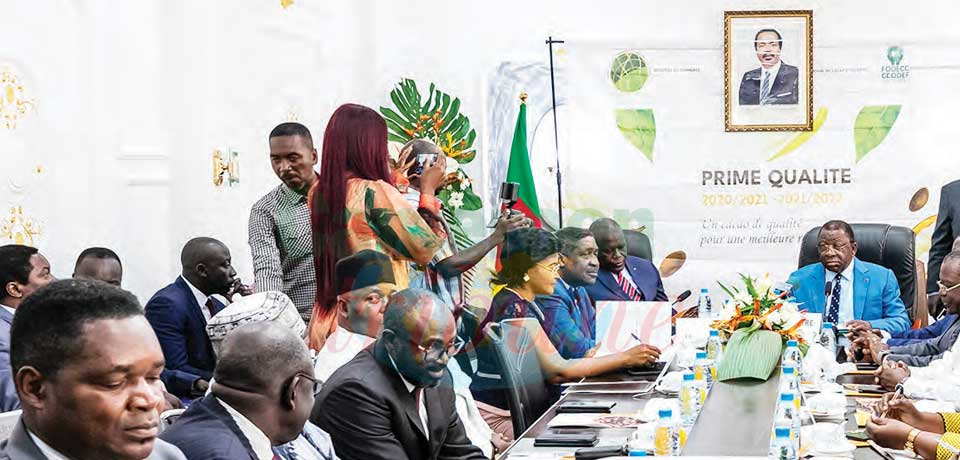

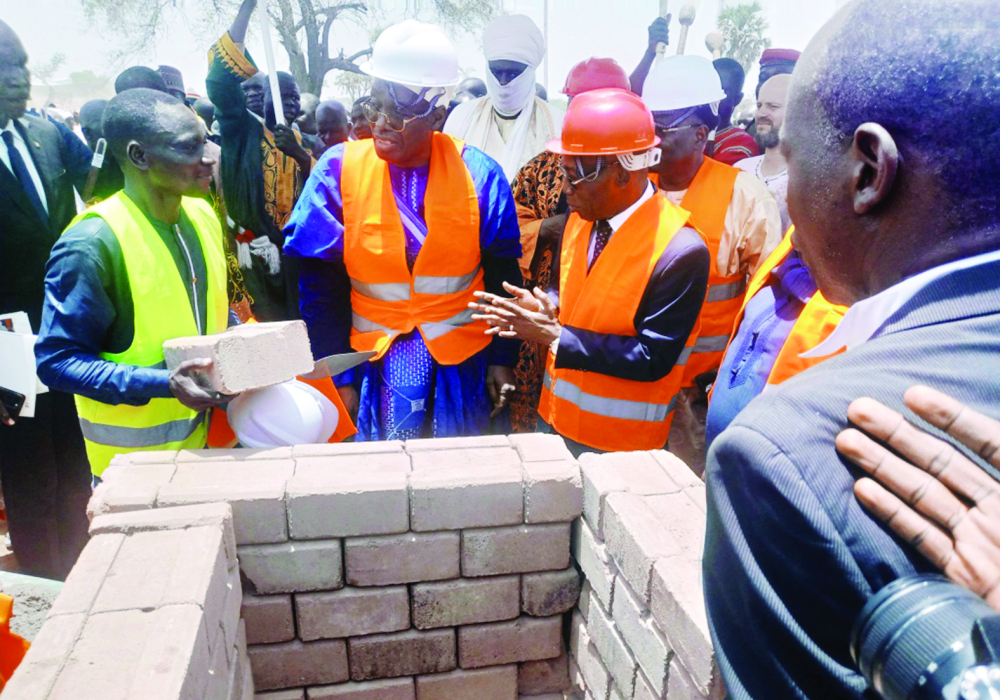
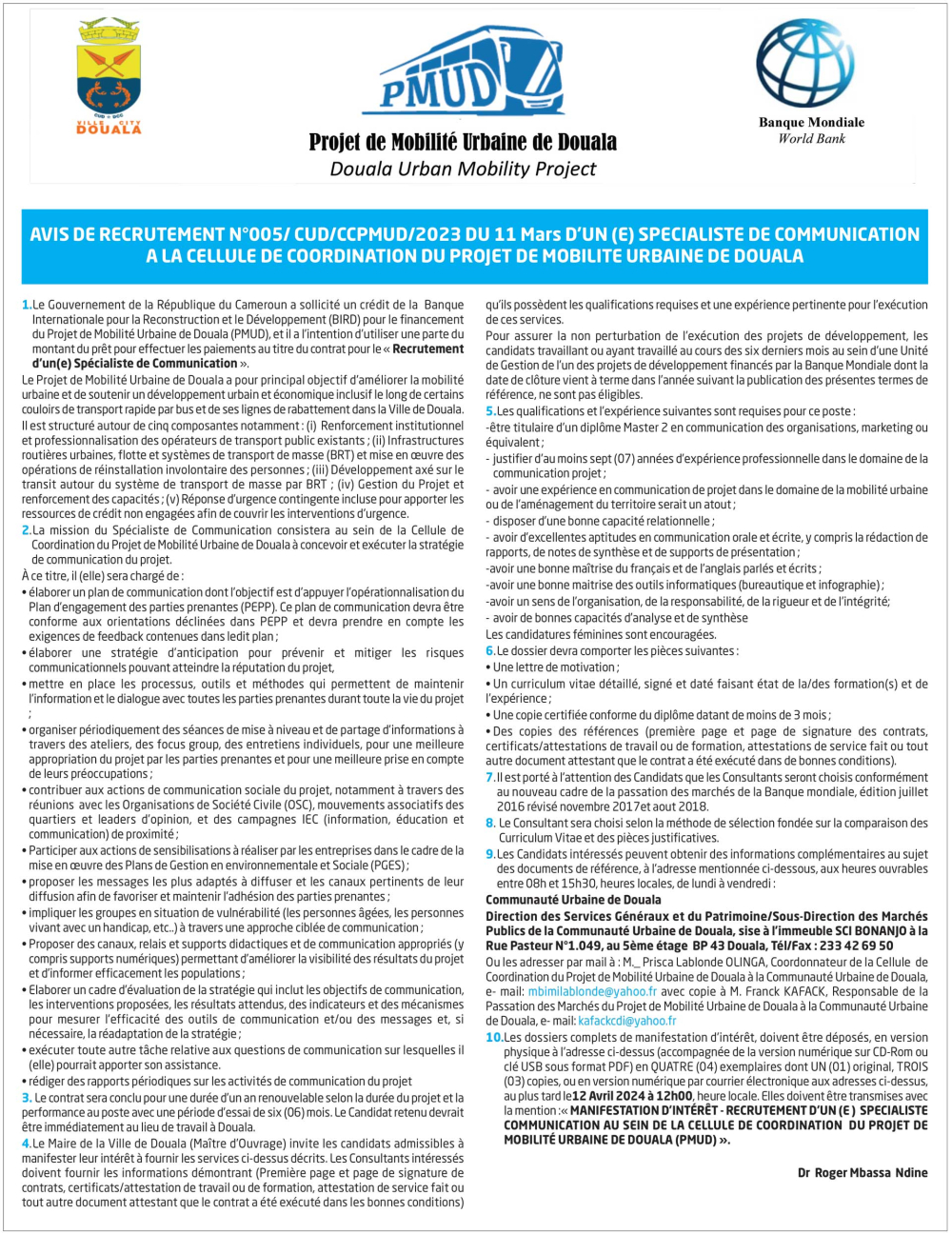
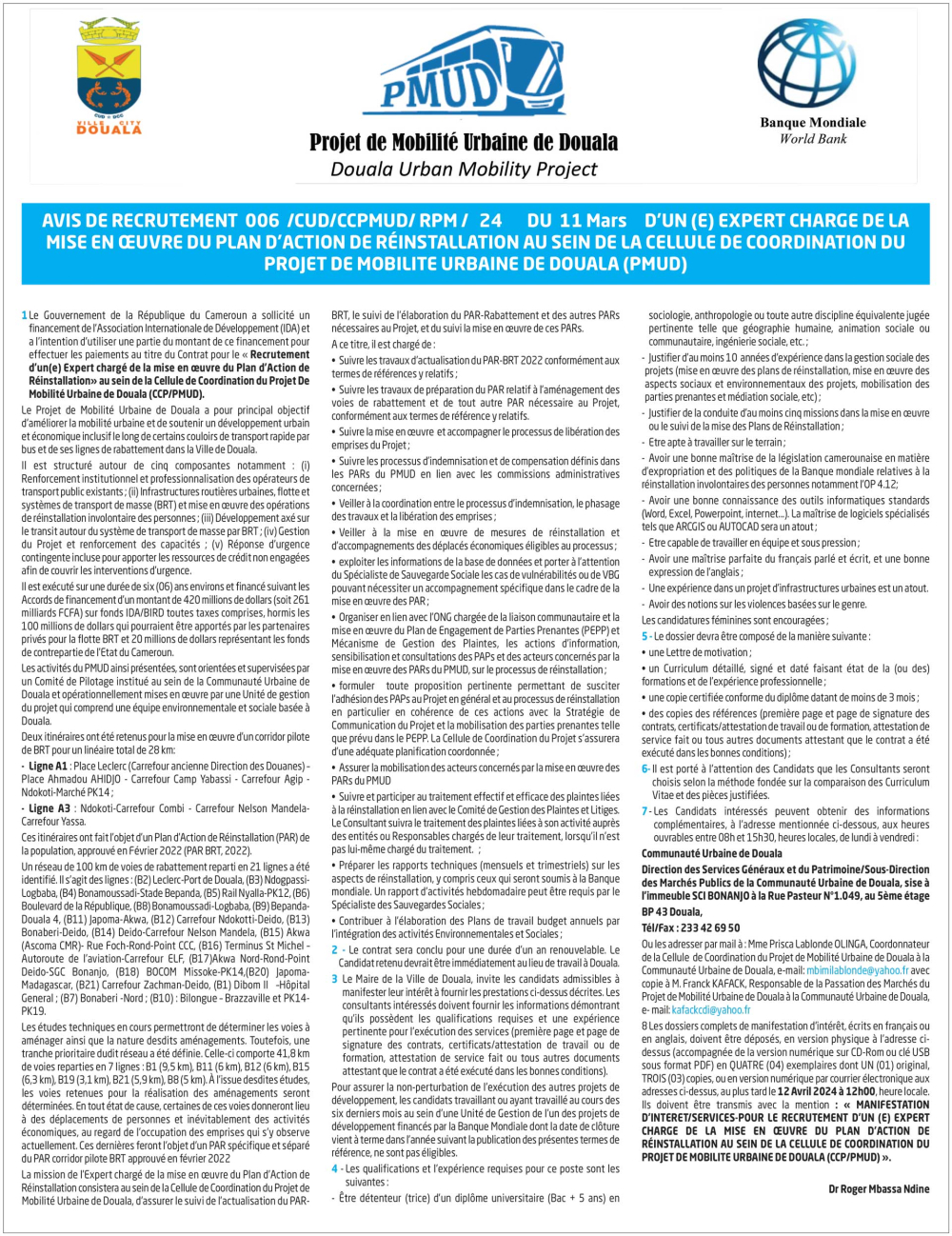
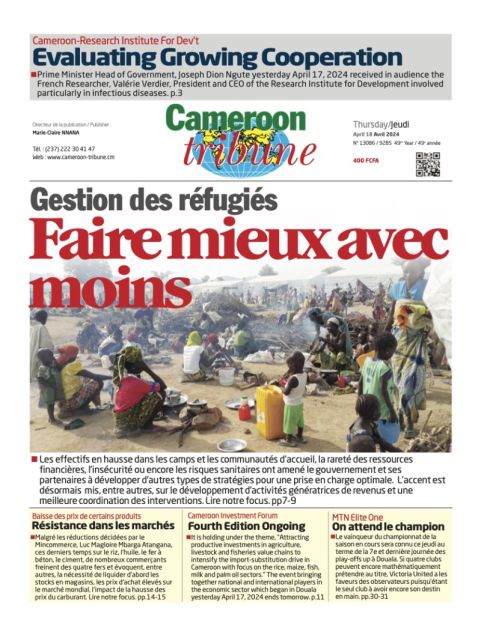




Commentaires